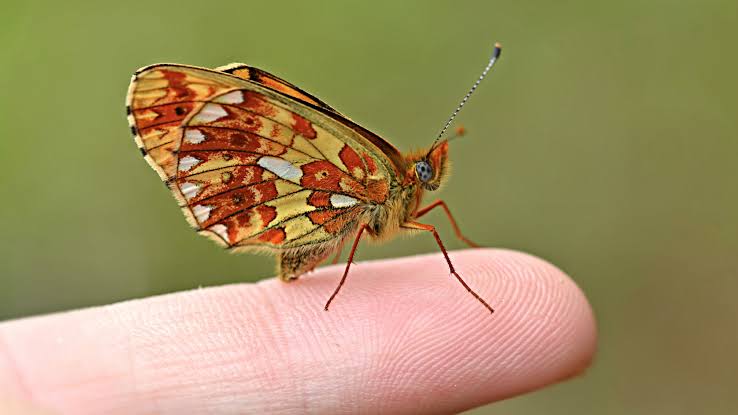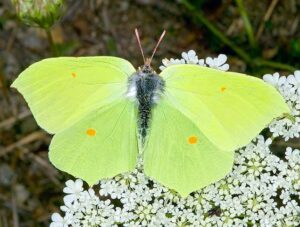This is one of the earliest fritillaries to emerge and can be found as early as April in woodland clearings or rough hillsides with bracken.
It flies close to the ground, stopping regularly to feed on spring flowers such as Bugle. It can be distinguished from the Small Pearl-bordered Fritillary by the two large silver ‘pearls’ and a row of seven outer ‘pearls’ on the underside hind wing, and also the red (as opposed to black) chevrons around the outer pearls and the small central spot on the hind wing.
The butterfly was once very widespread but has declined rapidly in recent decades, and is now highly threatened in England and Wales.
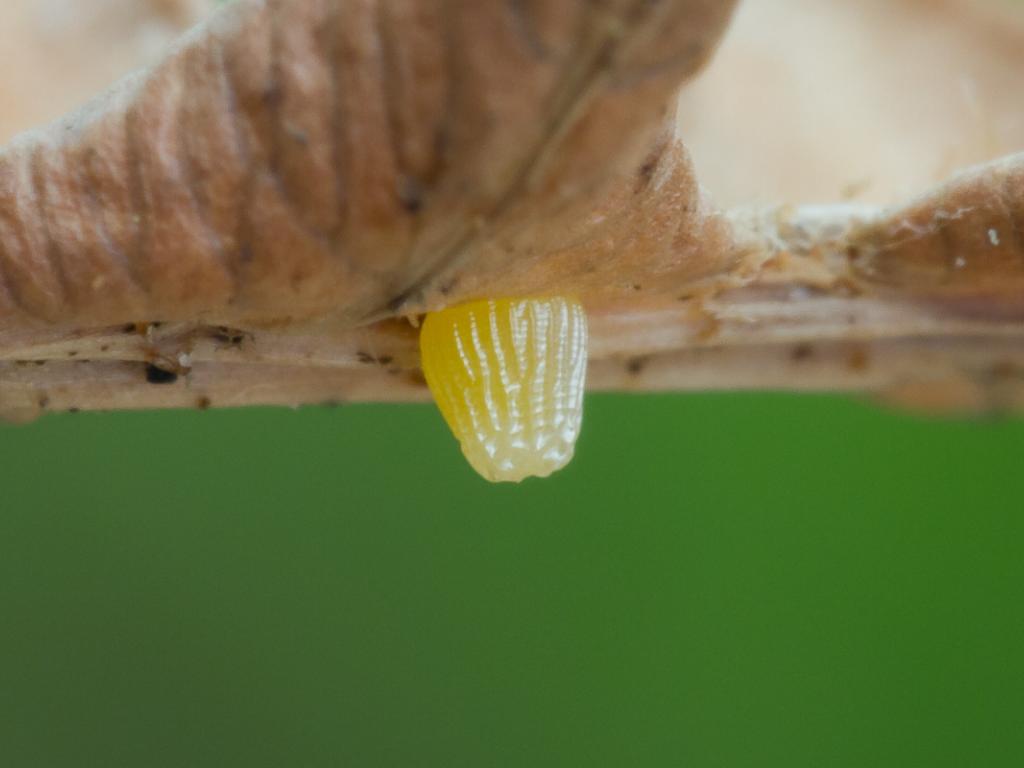
Size and Family
- Family: Fritillaries
- Size: Medium
- Wing Span Range (male to female): 44-47mm
Conservation status
- Section 41 species of principal importance under the NERC Act in England
- Listed on Section 7 of the Environment (Wales) Act 2016
- Scottish Biodiversity List
- UK BAP: Priority Species
- Butterfly Conservation priority: High
- European status: Not threatened
- Protected under Schedule 5 of the 1981 Wildlife and Countryside Act (for sale only)
Habitat
Three main habitats are used: woodland clearings, usually in recently coppiced or clear-felled woodland; well-drained habitats with mosaics of grass, dense bracken and light scrub and open deciduous wood pasture in Scotland.
In all habitats, it requires abundant foodplants growing in short, sparse vegetation, where there is abundant leaf litter.
The Pearl-bordered Fritillary (Boloria euphrosyne) is a medium-sized butterfly found in Europe and parts of Asia. It is characterized by its orange wings with black spots and a distinctive row of silver-pearly markings on the underside of its hindwings, which give it its name. The wingspan ranges from 38 to 47 mm, making it a medium-sized butterfly within its family, Nymphalidae.
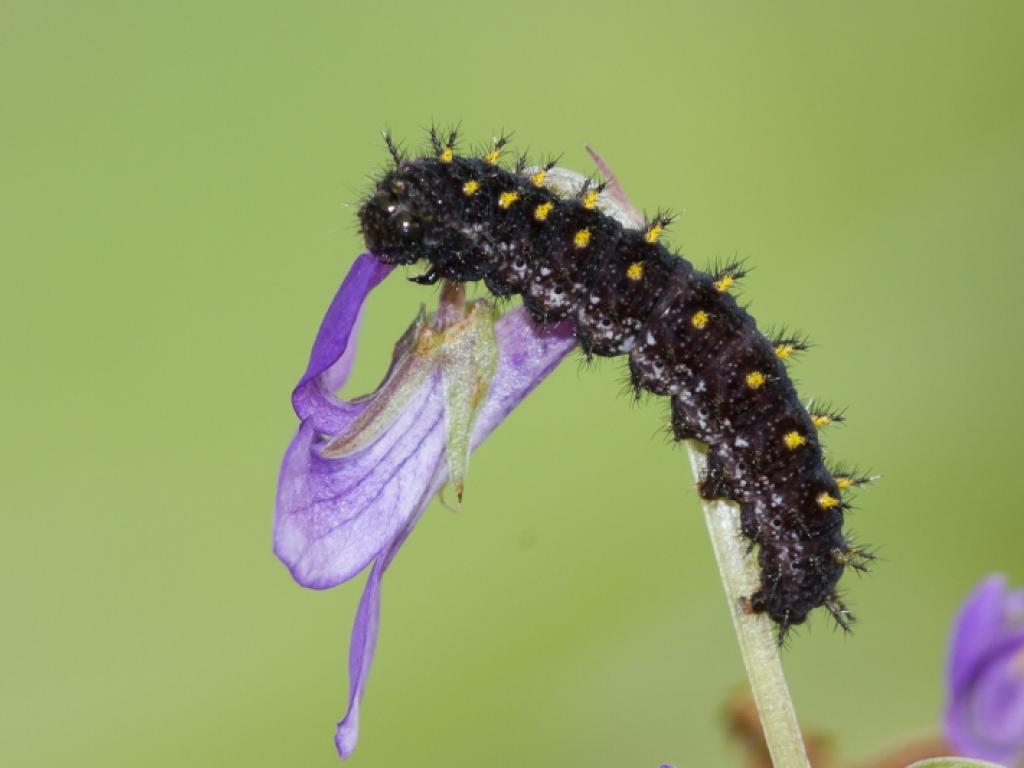
Habitat and Distribution
The Pearl-bordered Fritillary inhabits sunny woodland clearings, grasslands, and areas with bracken and scrub. It is particularly dependent on violets, such as the Common Dog-violet (Viola riviniana), for its larval foodplants. This species has seen a significant decline in its population due to habitat loss and changes in land management practices, such as the cessation of traditional woodland coppicing.
This butterfly is typically found in deciduous woodland containing open areas, such as woodland clearings, that provide the right conditions, foodplants and nectar sources for this species to thrive. This butterfly can also be found in conifer plantations and limestone pavements in some areas. Sites are generally suitable 2 to 4 years after a woodland clearing has been formed, when the foodplants and nectar sources are optimal for this species. However, these sites can quickly become overgrown and, unless there is suitable habitat nearby, colonies will tend to die out.
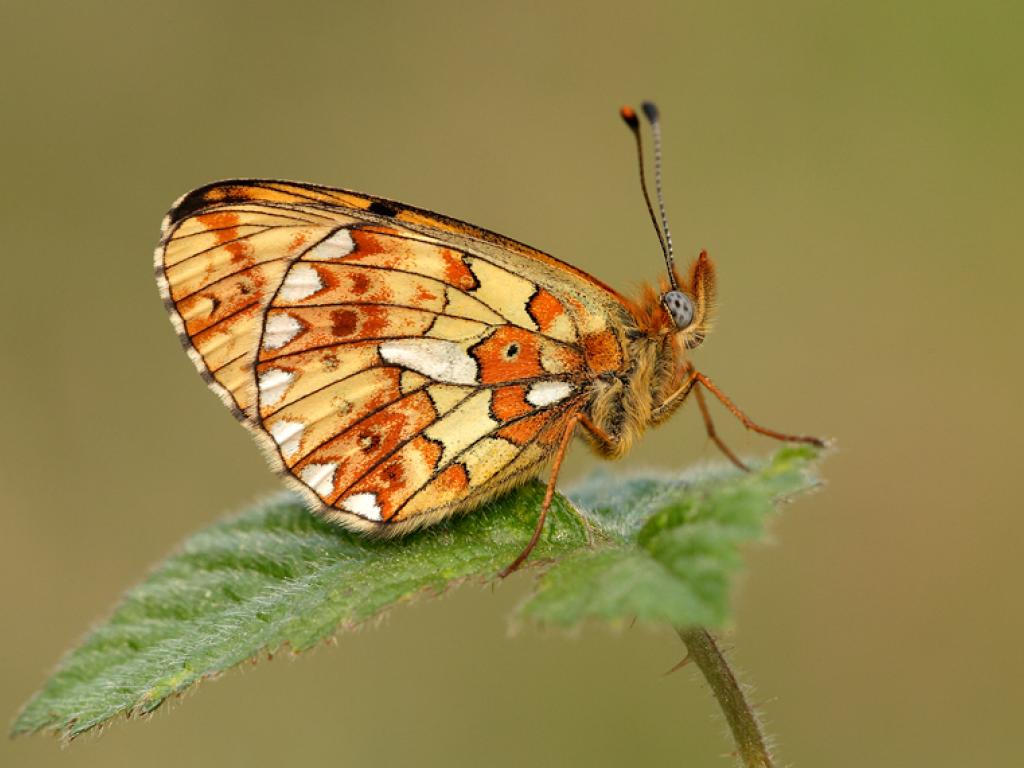
Life Cycle
This is the earliest of our fritillaries to emerge. In good years, the butterfly emerges at the end of April in the south – this butterfly once being known as the “April Fritillary” as a result. Most adults emerge at the start of May, but may not appear until the end of May in more northern sites. In exceptional years, there may be a partial second brood at some southern sites, with adults emerging in August.
Conservation Status
The Pearl-bordered Fritillary is considered highly threatened in England and Wales, with a 95% decline in its distribution since the 1970s. It is listed as a priority species under various conservation acts in the UK and is protected under the Wildlife and Countryside Act of 1981.
Comparison with the Small Pearl-bordered Fritillary
The Small Pearl-bordered Fritillary (Boloria selene) is similar in appearance and habitat preference but can be distinguished by its smaller size (wingspan of 35 to 44 mm) and different markings on the underside of its wings. It also prefers damper habitats compared to the Pearl-bordered Fritillary.
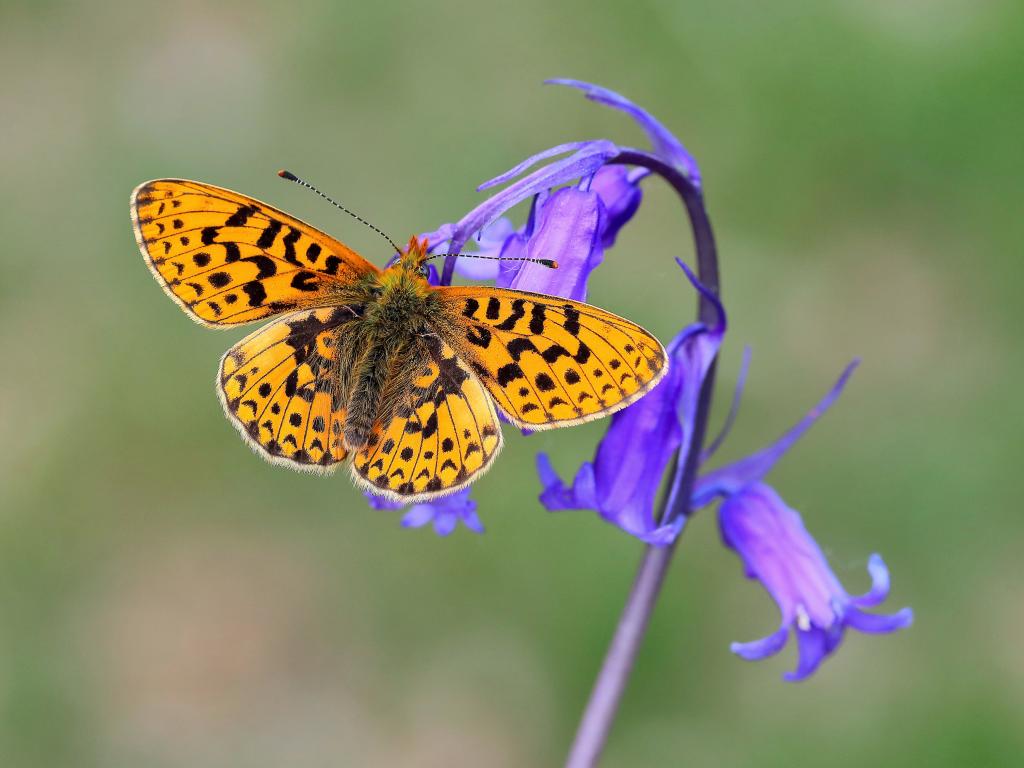
The Smallest Butterfly in the World
The title of the smallest butterfly in the world goes to the Western Pygmy Blue (Brephidium exilis), which has a wingspan of just 12 to 20 mm. This butterfly is native to North America but has been found in other regions such as the Persian Gulf. It thrives in alkaline environments like deserts and salt marshes313.In summary, while the Pearl-bordered Fritillary is a notable species within its habitat, it is not the smallest butterfly in the world. That distinction belongs to the Western Pygmy Blue, which is significantly smaller in size.
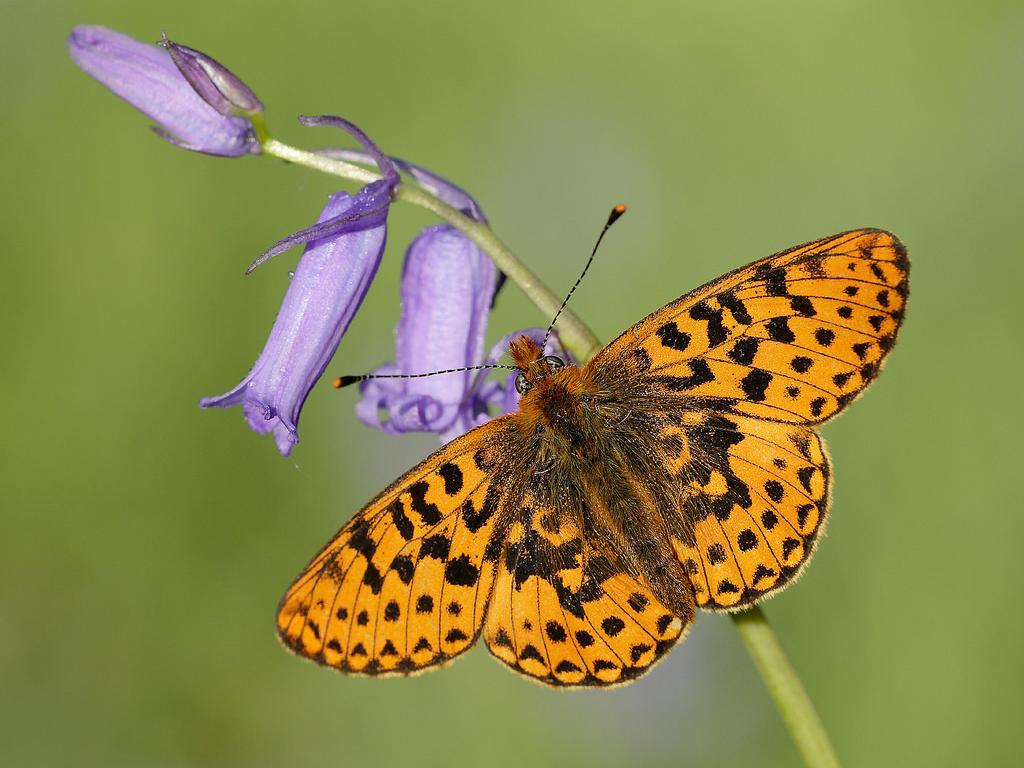
This woodland butterfly gets its name from the series of “pearls” that run along the outside edge of the underside of the hindwing. Males are often seen flying swiftly, low across the breeding site in search of a mate and are extremely difficult to follow, the colouring of the wings providing excellent camouflage against the dead bracken that is often found at these sites. The Pearl-bordered Fritillary may fly with the Small Pearl-bordered Fritillary at certain sites, although the Pearl-bordered Fritillary, which emerges a couple of weeks before the Small Pearl-bordered Fritillary, generally appears much paler in colour as a result.
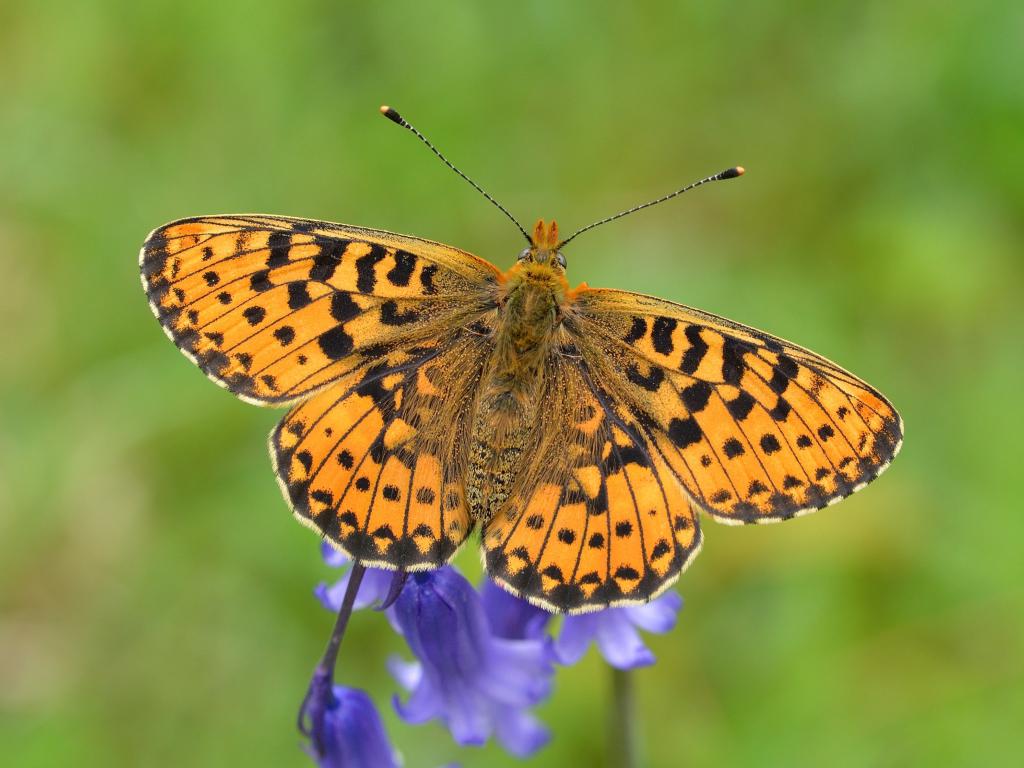
In England and Wales this butterfly in scattered and isolated colonies south-west of a line running between Denbighshire in the north-west to East Kent in the in south-east. There are also colonies in Westmorland and West Lancashire. It is also widespread in central Scotland, but very local or absent in the north and south of the country. In Ireland it is found in the Burren limestones of Clare and South-east Galway. It is absent from the western and northern Isles of Scotland, the Isle of Man and the Channel Islands. This butterfly forms discrete colonies which vary wildly in numbers, from a couple of dozen to over a thousand, this being largely-determined by the availability of suitable habitat. Most colonies contain a few dozen adults.

